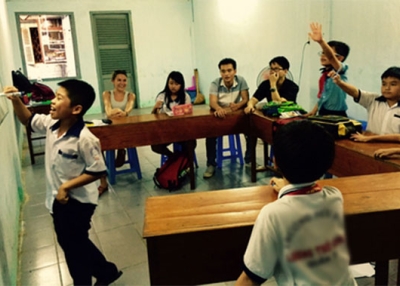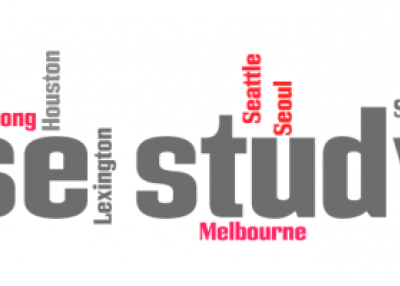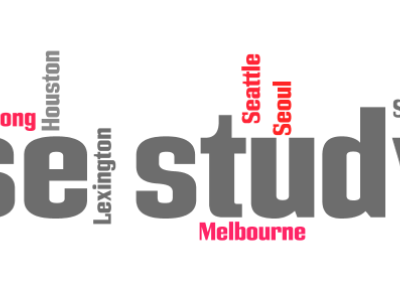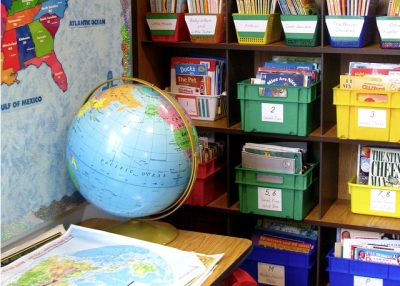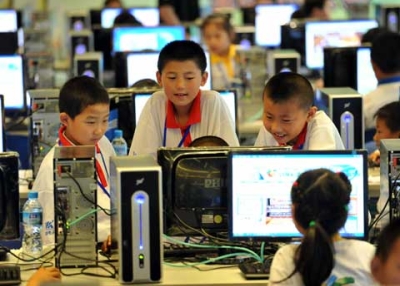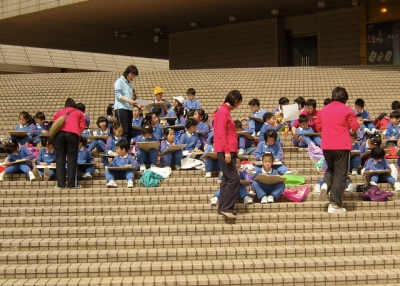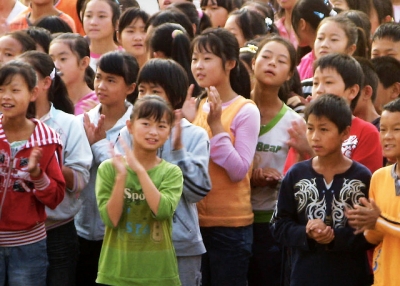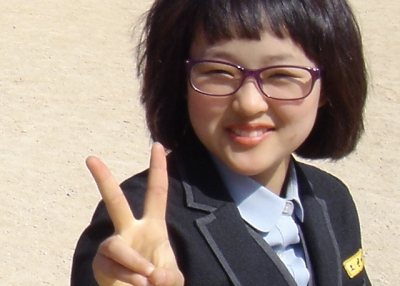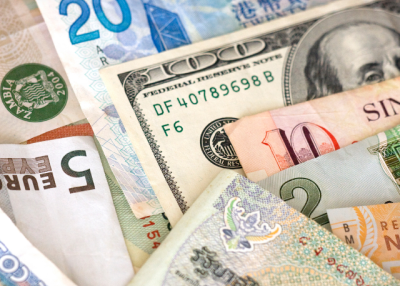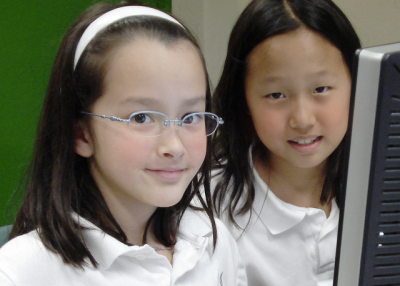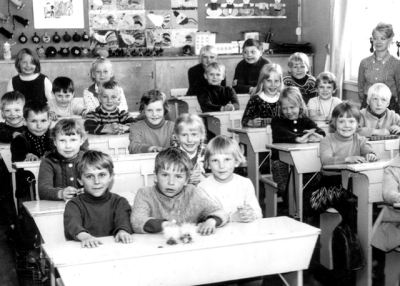How Singapore Developed a High-Quality Teacher Workforce

Dream, Design, and Deliver
When Singapore gained its independence from Britain in 1965, it was a poverty-stricken place with few natural resources. It had a population of warring ethnic and religious groups that was largely uneducated, and many of whom were malaria stricken or opium addicted. Today, it is a gleaming global hub of trade, finance and transportation, one of Asia’s great success stories. Its schools are high on the list of the world’s best-performing school systems. Educators from around the world now visit this city-state to see how Singapore has achieved its world-beating levels of performance in math, science, and literacy. The answer, according to Singapore educators, is simple: a coherent curriculum delivered to every school by high-quality teachers.
Recognizing that it had few other resources, Singapore’s policymakers decided early on to invest in their human resources and to dream, design and deliver a solid education to every child. Good teachers and effective school leaders form the cornerstone of that system. A high-quality teacher workforce doesn’t simply happen by chance or as a result of a cultural respect for teaching; it is a result of deliberate policy choices. Singapore has developed a comprehensive system for selecting, training, compensating and developing teachers and principals.
Key elements of that system are:
Recruitment
The Ministry of Education carefully selects prospective teachers from the top one third of the secondary school graduating class. Strong academics are essential, but so are commitment to the profession and to serving diverse student bodies. Teachers receive a stipend equivalent to 60% of a teacher salary while in training and commit to teaching for at least three years. Interest in teaching is seeded early through teaching internships and a system for mid-career entry also exists.
Training
All teachers receive training on the Singapore curriculum at the country’s National Institute of Education at Nanyang Technological University, either in a diploma or a degree course depending on their level of education at entry. There is a close working relationship between the Institute and schools, where master teachers mentor every new teacher for several years.
Compensation
Each year, the Ministry of Education examines a range of occupational starting salaries and may adjust the salaries for beginning teachers to ensure that teaching is seen as equally attractive with other occupations for new graduates. Teacher salaries do not increase over time as much as some other professions but there are many opportunities for teachers to assume other roles, as described below.
Professional Development
Teachers are entitled to 100 hours of professional development per year. This may be undertaken in several ways. Courses at the National Institute of Education focus on subject matter and pedagogical knowledge and lead towards higher degrees. Much of the professional development is school-based, led by school staff developers, whose job it is to know where there are problems in the school, for example with a group’s math performance, or to introduce new practices such as project-based learning or new uses of ICT. Each school also has a fund through which it can support teacher growth, including the development of fresh perspectives by going abroad to examine aspects of education in other countries. A Singapore Teachers’ Centre is set to open later in 2010 to further encourage teachers to continuously share best practices.
Performance appraisal
Like every other profession in Singapore, teachers’ performance is appraised annually by a number of people and on multiple measures, including their contribution to the academic and character development of all students in their charge, their collaboration with parents and community groups, and their contributions to their colleagues and the school as a whole. Teachers who do outstanding work, receive a bonus from a school bonus pool.
Career Development
Talent is identified and nurtured rather than being left to chance. After three years of teaching, teachers are assessed annually to see whether they have the potential for three different career paths - master teacher, specialist in curriculum or research, or school leader, each with salary increments. Teachers with potential to be school leaders are moved to middle management teams and receive training to prepare them for their new roles. Middle managers’ performance is assessed for their potential to become assistant principals, and later, principals. Each stage has a range of experiences and training to prepare candidates for school leadership and transformation. There is a clear understanding that high-quality teaching and strong student performance require effective school leaders.
By putting its energy into the front end of recruiting high-quality people and giving them good training and continuing support, Singapore doesn’t have the problems of massive attrition and persistently ineffective teachers and principals that plague many systems.
Nevertheless, despite having traveled from a third-world to a first-world country in a single lifetime, and having created an education system that has helped make it a magnet for economic growth in the global economy, Singapore is not resting on its laurels or ignoring its problems. Recognizing that innovation will be the key to its future economic success and that a new mindset and new skills will be needed to encourage innovation, it has developed a new education policy framework. Thinking Schools, Learning Nation has the explicit aim of developing creative, innovative and lifelong learners who can rise to the challenges of a global future where change is the only norm. Accordingly, a committee of the National Institute of Education released a report in 2009, A Teacher Education for the 21st Century, which outlines how teacher training will be redesigned to further strengthen the skills and knowledge of teachers to promote new kinds of learning to meet these goals. Singapore’s education journey continues.
Culture and context matter. Singapore is small and has a more centralized education system, which makes implementing policies easier and there is good communication and shared vision between the Ministry, the National Institute of Education and the schools. But it has accomplished so much with so little in terms of continuous improvement and consistent high performance across schools and the principles they have put in place to develop a high-quality human capacity are applicable elsewhere. Just as Singapore developed its system by examining the best practices of others countries, others can now learn from Singapore.
Author: Vivien Stewart

